As you know, this is a different kind of blog post. We are asking people whom we find inspirational to share with us their “rewilding” experiences and tell us how they put the eight rewilding steps in practice (or not) towards a healthier, wilder, and freer lifestyle. If you haven’t downloaded the “Return to Your Natural State in Eight Rewilding Steps” free guide, do it now by clicking here. Your wild(er) self will be grateful.
Our second rewilder guest is Mina van Brunschot, passionate movement expert.
Let’s find out more about Mina
Mina van Brunschot is the owner of alignmentLAB, where she teaches the biomechanics of natural human movement for optimal human function. She is a Restorative Exercise™ Specialist – CPT & Healthy Foot Practitioner, Pilates teacher and Psoas-savvy educator. She sells products (soon in a web shop) that will help to align your life. Books and DVDs by Katy Bowman, Liz Koch,and the Squatty Potty; Correct Toes, Toe toe Socks, Alignment Socks, and Feelmax Shoes and various props like balls and foam blocks to restore and improve human function.
But her passion is teaching. Clients make her day when they “get it” – how they can tweak their movement habits for better health and well-being free from pain and disease. In her spare time, she reads – mot only books on biomechanics and anatomy, but also spiritual books, thrillers and romantic novels. Movement-wise, she loves walking (barefoot, in a group or with the dog, and sometimes the cat), horseback riding, and spending time in the mountains (skiing or hiking).
Mina’s wild side and the 8 Steps to Rewilding
1. Eating as a hunter-gatherer: Look for food in its purest and most natural and unprocessed state. Forget about wrapped and labelled food and go local and seasonal. Be reasonable when it comes to portions and cherish the food and the company. Don’t forget about the water, look for a close by spring.
Mina: I have ambitious plans to homestead a bit more. My garden is too small to keep a cow, but probably a goat or two will fit, and some hens. For sure, a vegetable and herb garden. Fingers crossed that I will keep everything alive! Here in the countryside with agriculture all around, a lot of crops get sprayed, so I have to be careful where to gather food (and study a bit more the edible plants). For now, my food comes mostly from local stores, farmer’s markets, (preferably) organic (grain- and sugar-free). A few web shops provide for pasture-raised meat, which is more nutritious.
2. Moving like a hunter-gatherer: Reintroduce those movements that are characteristic to the human body. Walk, run and sprint (barefoot when you can), jump, balance, move on all four, lift heavy weights, swim. Try to sit as little as possible.
Mina: In my classes and workshops we prepare the body for the movement nutrition it has lacked so much during our sitting habits over the years! Rushing into those natural movements (because they are fashionable or because you’ve reached a certain age) without proper preparation could harm your body. Alignment and corrective exercises prepare the body for nutritious and biologically required, natural movements like walking (on varied terrain), squatting, hanging, pulling, pushing, and moving your body weight in all planes of motion!
In my house I do not have much furniture. Living without chairs, which take much of your weight, has improved my single leg squat – even without training for it consciously! Every time I get up off the floor, my legs need to carry all of my body weight. No need to go to the gym, just get rid of your chairs and get down and up from the floor. Good movement, time efficient and money cheap.
While being outside, don’t go around that big puddle of mud or the fallen tree. Those natural obstacles are excellent for the best movement ever: movement in nature!
3. Sleeping like a hunter-gatherer: Sleep at the beat of the circadian rhythm whenever possible. Wake up at dawn; slowdown in the evening. Put out the lights, start disconnecting all the electronic devices, and avoid sleeping surrounded by them. Your sleeping place should inspire you to relax and promote sleep.
Mina: No TV or phones in the bedroom, and no traditional bed. I sleep on a thin mat and a sheepskin. It relaxes my body much better than sinking deep into a “comfortable” mattress.
4. Relaxing and Playing like a hunter-gatherer: Leave stress behind and dedicate enough time to relax (this does not include watching TV or playing PlayStation). Spend time reading, do a light physical workout, meet up with friends, or enjoy nature instead. Don’t forget to play (with your kids when possible). And last but not least, humor is a great way of relaxing.
Mina: teaching movement is my passion. My clients are dedicated, but there is always time for a laugh or a story. Telling stories is what connects us humans, and how we learn! I loved to listen to your stories at Rewilding day in October.
5. Disconnecting and reconnecting: Refuse to be bombarded by all kinds of electronic devices surrounding you. Reduce your time watching TV, and take off your watch. Make time to disconnect and don’t give in to the many possible excuses. Once disconnected, make time to reconnect with your (wilder) self and listen to your inner voice. Start to really know yourself. Discover what your real desires and goals in life are. Find out what is your mission on this planet.
Mina: Electronical devices disrupt the natural flows in your body. Blood (moved by ALL your muscles, not just the heart muscles), lymph (moved by moving muscles), and electricity (in your brain, heart and your gut) are the three flows in your body. They are of equal importance. For the flow of electricity, I try and limit my screen time after sunset. If I do need to use my computer or phone, the F.Lux app filters out the blue light, so it does not interfere with melatonin levels. Watching TV (and driving your car for example) are very stressful events. We don’t even notice anymore that our primitive self feels like it is under attack. Stress is very harmful for your organs.
During the night, Wi-Fi and cell phones are disconnected. Last summer, I spent some time with a group of friends in the Northwest Pacific, close to the Olympia National Park in the USA. No Wi-Fi, very little cell reception. From the first night on, everybody had vivid dreams!
6. Going outdoors: Spend as much time as possible outdoors.
Mina: Walking is the best total body movement. It is so versatile. Your eyes get rest, looking in the distance. Being outside even helps prevent myopia. The sunlight is so essential for Vitamin D and the immune system.
Besides all of those very practical advantages, the flow of energy from the trees helps our bodies to tune into nature. Nature fights daily life stress, and helps you clear your mind and bring out your creativity! So many positive side effects, any physician should be prescribing it!
7. Observing: Stop thinking that all what surrounds you is evident and logical. Start listening again to the singing of the birds. Try to learn and recognize the different species. Learn about the plants and trees in your area. Observe animals and learn from them. Find out which is your totem animal, the animal which inspires you and gives you strength and teaches you things. Don’t forget to observe other people to better understand your own feelings, thoughts and feelings. What you see in them, you see in yourself.
Mina: Growing up, I spent many, many hours in nature on the back of a horse and taking care of them. It’s fascinating to experience how they respond to sound and wild animals. They communicate in a clear, honest, and intentional manner – which does not mean they are always friendly. That is something that inspires me. You do not have to be a big animal to stand your ground.
So many people seem to be afraid to feel. Feeling has become a lost skill … our culture does not allow such “primitive” behaviour. Fear feeds aggression or lack of communication. Realizing what your fears are helps you become your own free person. Meditation with my friends is my tool for observing myself and connecting to others.
8. Learning bushcraft and survival skills: Returning to our natural state requires relearning a minimum of technical bushcraft and survival skills in order to be able to spend and really enjoy more time in nature in the most comfortable way. The ancestral techniques of bushcraft and survival are meant to cover the basic needs such as food, water and shelter. Even more important, they teach you the difference between the essential and the superficial.
Mina: Last October, at the first Rewilding Day we learned the importance of shelter, fire, water, and friendship. That thrill of getting a fire started and building shelter together was amazing! I realized my bushcrafting skills are non-existent! I’d really like to know more about surviving in nature. Until then, I am very fortunate and grateful to have met new friends who can help me stay safe in the wild: D.
Thank you so much Mina for your teachings, your tips and for showing us your wilder side.
Would you like to share yours with us? Don’t hesitate and let us know in the comments!
A hug!
Where to find Mina:
Email: mina@alignmentlab.eu
Web: www.alignmentlab.eu & www.oergezondbewegen.nu
Twitter: alignmentlab & alignmentgurus
Facebook: https://www.facebook.com/AlignmentLAB/

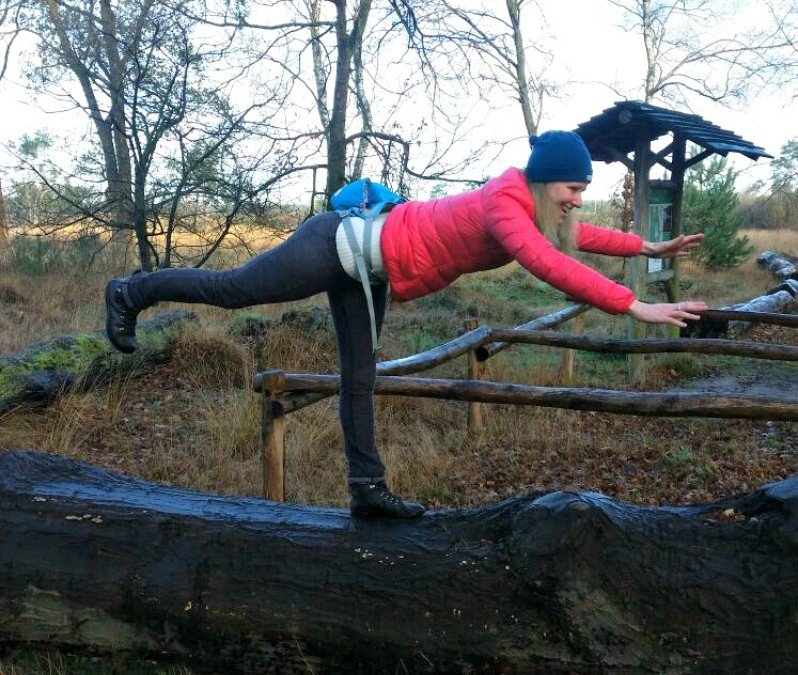
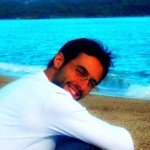
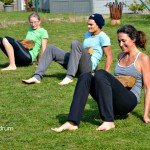
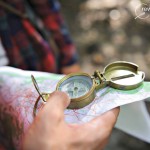
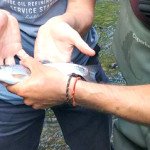
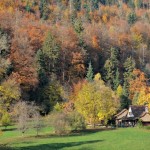
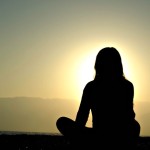
Recent comments